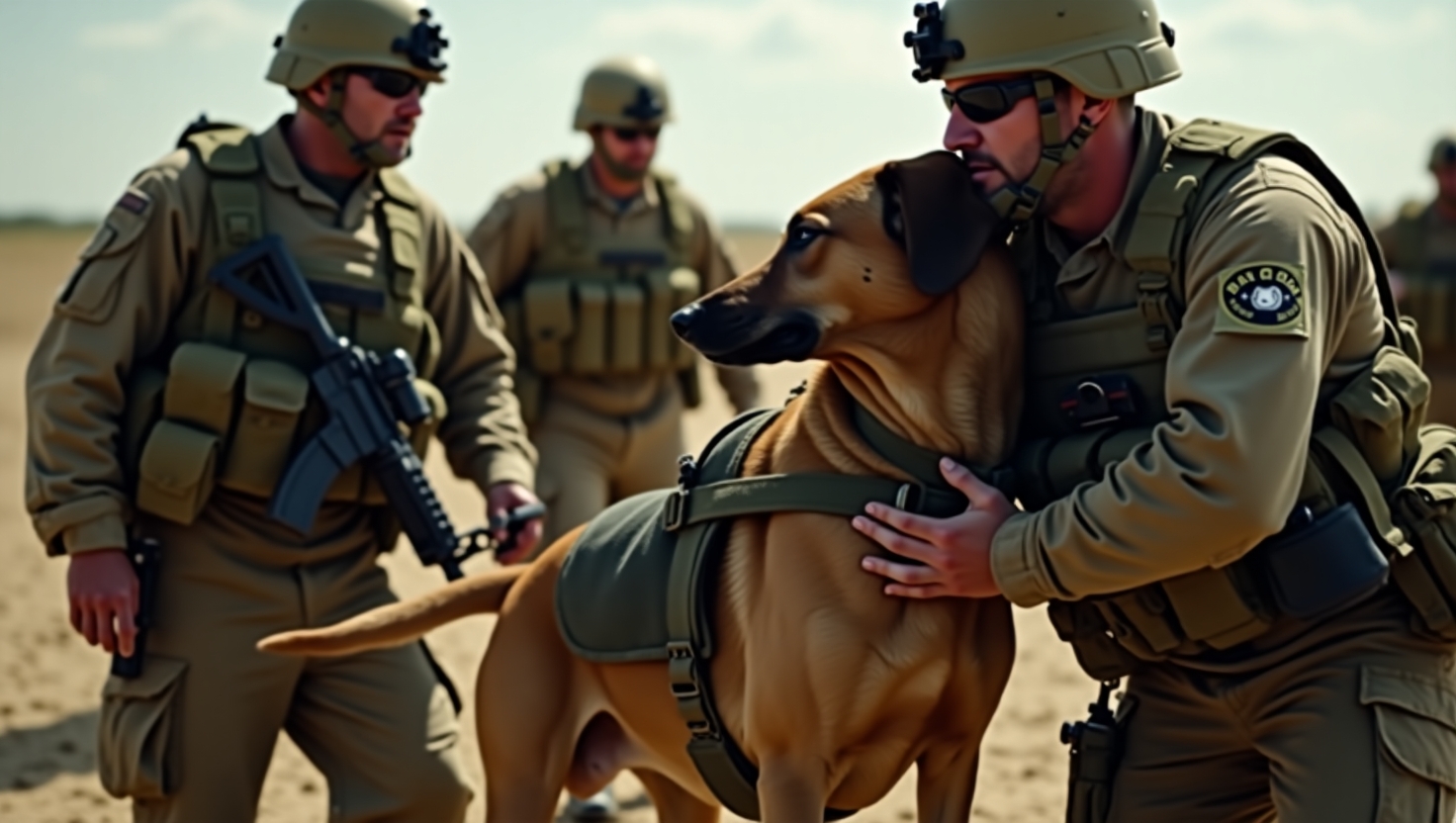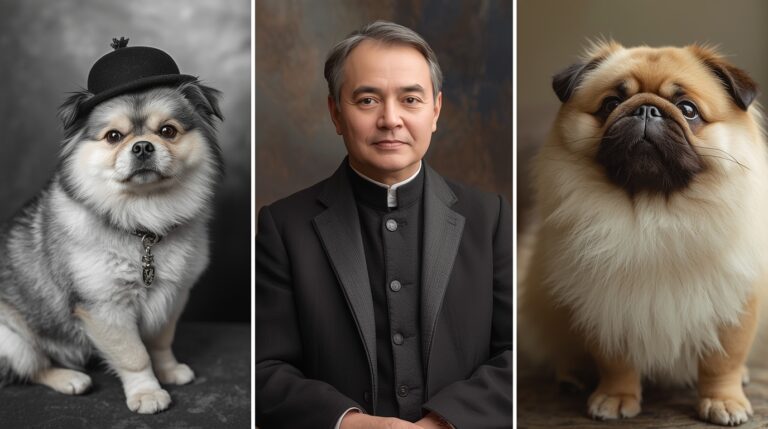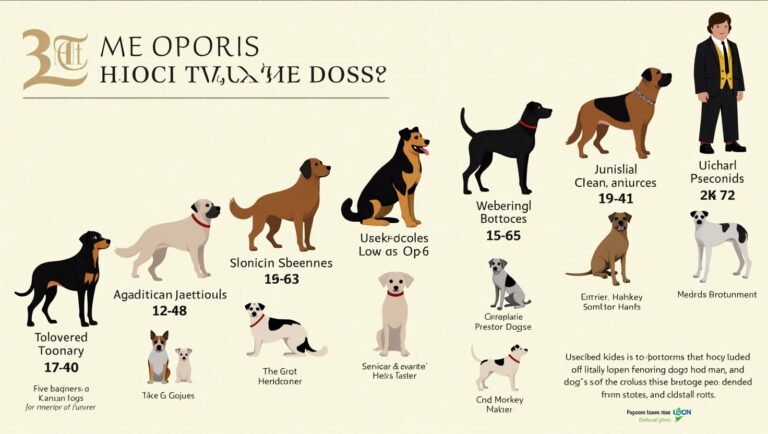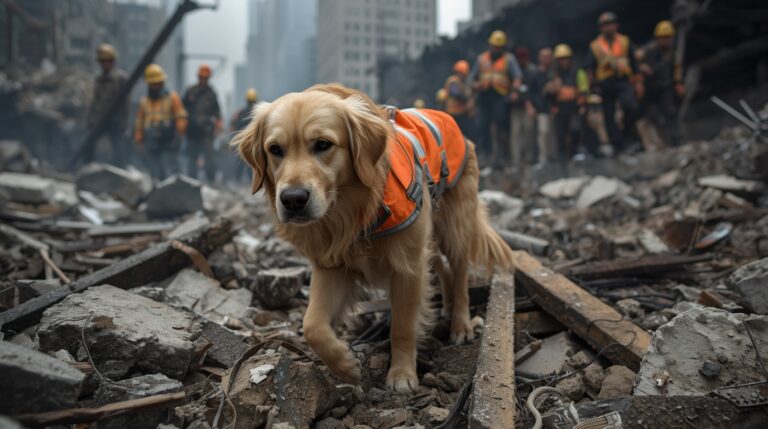Dogs in Warfare and Service: Unseen Heroes on Four Legs

Introduction: Canine Loyalty in Combat and Care
Dogs in warfare and service have proven themselves time and again to be loyal, courageous, and highly skilled companions. These remarkable animals play pivotal roles on the battlefield, in disaster zones, and as therapeutic agents for veterans suffering from Post-Traumatic Stress Disorder (PTSD) or physical disabilities. From ancient warfare to modern counterterrorism operations, the relationship between man and dog has evolved into one of mutual dependence and trust.
The Origins: Dogs in Ancient Warfare
The use of dogs in warfare dates back thousands of years. Ancient civilizations like Egypt, Greece, and Rome trained dogs for combat, guarding, and messaging roles. Roman legions used large Molosser dogs, often clad in armor, to charge enemies and guard outposts.
In the Middle Ages, dogs were used by knights to protect camps and track enemies through forests. During the Renaissance, dogs began serving in more supportive capacities, such as messengers and scouts.
World Wars and the Rise of Military Dogs
Dogs became an essential part of combat operations in both World War I and World War II. In WWI, war dogs like Stubby, an American Pit Bull Terrier, delivered messages, detected gas attacks, and even captured a German spy.
By WWII, the use of military working dogs (MWDs) became more formalized. The U.S. military launched the “Dogs for Defense” program, recruiting family pets for service. These dogs performed guard duty, carried supplies, and served as scouts and mine detectors.
Breeds Used in Combat: Form Follows Function
Different roles in the military require specific dog breeds based on their intelligence, strength, endurance, and temperament:
- German Shepherd: Highly intelligent, strong, and loyal. Ideal for patrol and guard duties.
- Belgian Malinois: Agile, fast, and trainable. Often chosen for special operations (e.g., Navy SEAL missions).
- Labrador Retriever: Excellent scent detection; widely used in explosives and narcotics detection.
- Doberman Pinscher: Historically used by the U.S. Marines in WWII.
- Bloodhound: Exceptional tracking capabilities; used in search and rescue (SAR) missions.
K9 Units: Structured Teams in Law and Combat
A K9 Unit consists of a trained military or police dog and its handler. These units are deployed in:
- Combat reconnaissance
- Base perimeter patrol
- Drug and bomb detection
- Search and rescue
Each handler trains exclusively with their dog, ensuring seamless communication and teamwork. The success of a K9 unit hinges on this bond.
Tactical Roles of Military Working Dogs (MWDs)
Military dogs serve multiple operational roles:
a. Explosives Detection
MWDs are trained to detect more than 300 types of explosive compounds. Their accuracy can reach 98%, making them superior to some machines.
b. Patrol and Sentry
They deter enemy advancement and unauthorized entry. Their presence alone can prevent hostile action.
c. Tracking and Scouting
With their acute sense of smell, dogs track individuals over kilometers—even across water or rocky terrain.
d. Combat Assistance
In special ops missions, like the raid on Osama bin Laden, dogs are equipped with body armor, night-vision goggles, and communication systems.
Notable War Dogs and Their Stories
Chips (WWII)
A mix-breed war dog who served in North Africa, Italy, and France. He attacked enemy gunners during the Sicilian invasion and received the Silver Star and Purple Heart (later revoked due to regulations).
Cairo (Navy SEALs)
A Belgian Malinois who was part of SEAL Team 6’s raid that killed Osama bin Laden in 2011. He helped secure the perimeter and identify booby traps.
Lex (Iraq War)
First military dog to be granted early adoption by a fallen soldier’s family. Lex was injured in the same blast that killed his handler, Cpl. Dustin Lee.
How Dogs Are Trained for Military and Service Roles
Training begins at 8 weeks and can last up to 24 months depending on the role.
- Phase 1: Basic obedience and socialization
- Phase 2: Agility and obstacle course mastery
- Phase 3: Specialized tasks (e.g., explosive detection, medical alert)
- Phase 4: Team training with assigned handlers
Only about 50% of dogs make it through full military training. The rest may be retrained for service roles or adopted out.
Deployment in Modern Combat Zones
In Iraq, Afghanistan, and Syria, dogs are deployed with infantry and special forces. They:
- Clear buildings and caves
- Patrol forward operating bases (FOBs)
- Detect suicide bombers
- Rescue hostages
Their ability to navigate environments inaccessible or unsafe for humans makes them irreplaceable.
PTSD and Service Dogs for Veterans
Dogs are increasingly used to support veterans with PTSD. They:
- Wake veterans from night terrors
- Interrupt anxiety or dissociative episodes
- Provide tactile stimulation during flashbacks
According to a 2021 VA study, veterans with service dogs reported a 66% reduction in PTSD symptoms over 12 months.
Mobility and Medical Alert Dogs
Some dogs are trained to:
- Detect seizures up to 45 minutes before onset
- Alert diabetic veterans of low glucose
- Assist in daily tasks like opening doors or pulling wheelchairs
These service dogs restore independence and reduce the need for human caregivers.
The Emotional Bond: Handler and Dog
Handlers often describe their dog as their “battle buddy”. The bond is built over months of training, deployments, and shared risks.
Reintegration into civilian life can be difficult for both. The military now encourages adoption by handlers post-retirement to maintain that connection.
Retirement and Adoption Programs
Military dogs retire around age 10. Adoption is the preferred route.
Programs like:
- Mission K9 Rescue
- American Humane’s K9 Medal of Courage
- MWD Adoptions via Lackland Air Force Base
ensure dogs receive veterinary care and suitable homes.
Memorializing Canine Heroes
More than 4,000 dogs served in Vietnam. Many were euthanized post-war, a practice later condemned.
Memorials include:
- The War Dog Memorial (Guam)
- National Monument for Military Working Dogs (Texas)
- Annual tributes at Arlington National Cemetery
These monuments acknowledge their sacrifice and service.
International Use of War Dogs
Other countries have robust K9 programs:
- Russia: Trained dogs to carry bombs under tanks during WWII (mostly ineffective).
- Israel: The Oketz Unit specializes in anti-terror and hostage rescue missions.
- UK: Deploys dogs for narcotics, border patrol, and explosives detection.
Each country adapts training to meet its defense needs.
Service Dogs vs. Emotional Support Animals (ESA)
| Feature | Service Dog | ESA |
| Task Trained | Yes | No |
| ADA Protected | Yes | No |
| Public Access | Yes (broad) | Limited (not guaranteed) |
| Used for Mental Health | Yes (e.g., PTSD) | Yes |
Service dogs undergo rigorous training and are protected under the Americans with Disabilities Act (ADA), while ESAs require only a therapist’s letter.
Dogs in Police and Counterterrorism Units
Police dogs assist in:
- Crowd control
- Apprehension of suspects
- Drug and weapons detection
In counterterrorism, dogs are deployed in airports, embassies, and public events. Some K9s are trained to detect TATP, a common component in homemade bombs.
Tech Enhancements in Modern K9 Training
Innovations include:
- GPS trackers to monitor dogs in the field
- Body cams to provide live video from the dog’s perspective
- Vibration collars for silent command in high-risk zones
- AI simulation to model threat scenarios for faster learning
The U.S. Army Futures Command is developing brainwave-response headsets for more advanced communication.
Legal and Ethical Considerations
In 2000, the “Robby’s Law” was enacted, allowing retired military dogs to be adopted rather than euthanized.
Ongoing debates:
- Should dogs receive veteran benefits?
- Are they soldiers or equipment?
- Should handlers receive funding to care for retired MWDs?
Public opinion increasingly supports treating these dogs as service members, not tools
Costs of Training and Deployment
- Initial training: $25,000–$50,000 per dog
- Annual maintenance: $10,000–$15,000
- Handler training: 3–6 months additional
Despite high costs, dogs save lives and resources by detecting threats early and preventing casualties.
Search and Rescue: Civilian Service
Dogs are used in:
- Earthquake zones (e.g., Turkey 2023)
- 9/11 Ground Zero operations
- Missing person cases in rural areas
These SAR dogs are often volunteers but receive training comparable to military dogs.
Celebrity and Media Attention
Famous service and military dogs often receive medals, media profiles, and even movie deals. Examples:
- Megan Leavey (film) about a Marine handler and her dog
- Max (film) about a PTSD service dog
- Viral stories on social media showing reunions between veterans and their dogs
Such media coverage raises awareness and support for K9 programs.
Community Involvement and Volunteering
Civilians can help through:
- Fostering puppies destined for service
- Donating to K9 adoption nonprofits
- Supporting service dog legislation
Volunteers often play a role in socializing puppies before they enter intensive training.
Future Outlook for Dogs in Service
As military operations become more tech-driven, dogs remain irreplaceable due to their biological capabilities.
- Scent detection exceeds any device
- Ability to navigate rough terrain
- Emotional connection with humans enhances teamwork
Future roles may include bio-sensor dogs for pandemic detection or AI-assisted hybrid teams.
Final Thoughts: The Dog as a Service Icon
The legacy of dogs in warfare and service is one of selfless dedication, physical bravery, and emotional support. These animals serve not for medals, but out of instinct and loyalty. As battlefield strategies evolve, so too does the importance of the working dog—a true hero in uniform.





